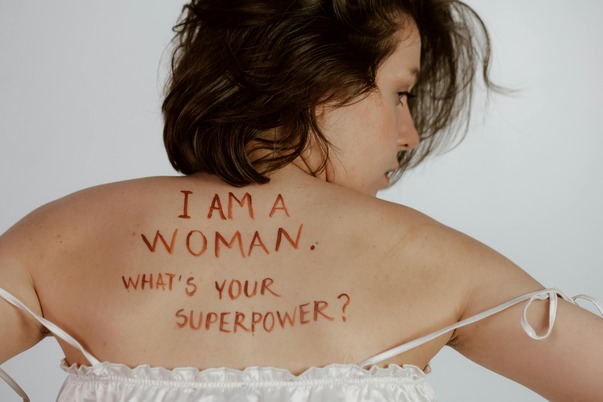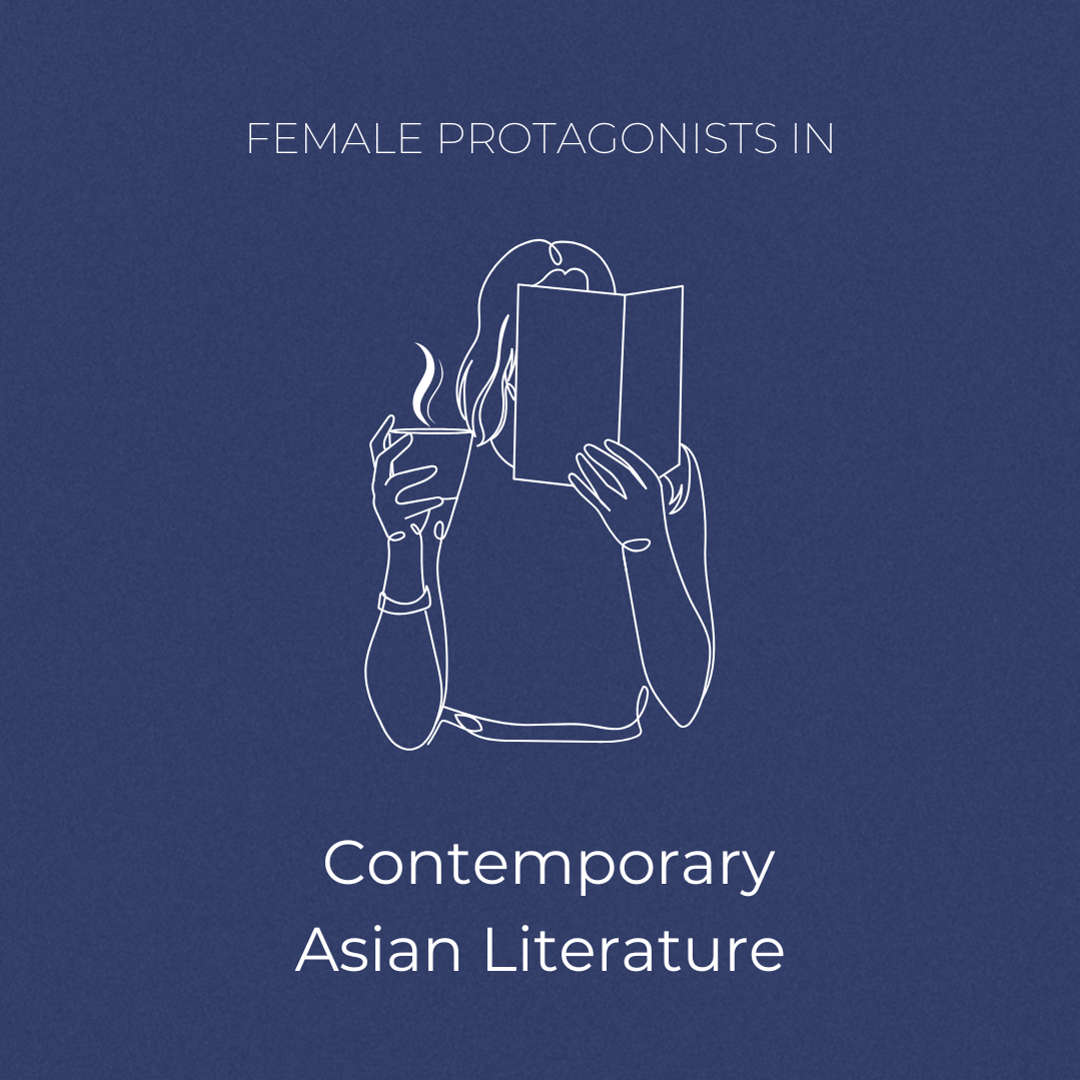Overview:
- Women symbolize strength, resilience, and endurance, in Asian literature of today.
- Women are depicted as complex, ordinary figures rather than exaggerated stereotypes.
- A closer look at several notable literary works highlights the richness and diversity of contemporary Asian literature.
The Quiet Strength Unlocked
The word “female” carries more weight than many realize. Beneath the surface, the “Fe” in female stands for “iron”—the very element that is symbolic of strength, resilience, and endurance. Yet, in a world that often portrays women as “woe to man”, this quiet reminder of their elemental power is all too easily overlooked.

Women in literature have donned a number of hues. From the absolute rebel to the quintessential sufferer, they have been portrayed in many ways. I have noticed a paradigm shift in the portrayal of women in recent times. This change is protracted in modern Asian literature, especially in Korean and Japanese writings. The portrayals center on women leading ordinary lives, whether gentle or assertive. They are no longer hyperbolic figures but a subtle muted thread in the social fabric. Although they might seem unimportant characters, society falls apart if you pull them out of the mix. The drama is no longer in their lives but in their minds. This internal journey leaves behind raw, authentic characters without embellishment. They are more relatable. Quite often they go without imposter syndrome because they do not enjoy a lot of professional success- the way society defines it.
The Male Gaze
I have asked male friends who read about their opinion on the women protagonists in Asian literature of the times. Their responses veered around “intriguing”, “different”, and “thoughtful”, and then someone said, “unnatural”. I will lead with this. Women in contemporary Asian fiction are unnatural as society is not used to women thinking on their own or living on their own. There are some commonalities in the female protagonists that are symbolic of Asian literature today.
Feminine Perspectives in Asian Literature: Themes and Narratives
Writers explore real women and their nuances in today’s literary works. These women mirror society and then either succumb or rebel. Certain books share a common thread that stands out and leaves a lasting impression.
The Pressure Of Living Up To Societal Expectations
Society and its rules that have been charted down for us to follow through remain a constant. The female protagonists navigate the rigid expectations imposed by society trying to make sense of it. Kim Ji-young, born in the year 1982, the titular character of the book, highlights the all-pervasive gender discrimination embedded in South Korean culture. As she journeys through life from childhood to adulthood, she illustrates how systemic bias is made known in each sphere of a woman’s existence. It is present in career choices and family life.
Alys Binat, the central figure in Soniah Kamal’s Unmarriageable, is a modern-day Pakistani Elizabeth Bennet. This retelling of Jane Austen’s classic novel “Pride and Prejudice” is a reminder that despite two centuries of progress, societal expectations for women remain strikingly familiar.
Keiko Furukura in “Convenience Store Woman” subverts the conventional image of a “respectable” adult. Her peers and family cannot stop trying to make sense of her contentment with a part-time job at a convenience store. It is seemingly highly unsuitable for a woman of her age. She tries, to give society a shot, but cannot make her instincts conform to the wants of her circle. Keiko challenges the definition of success and the judgments (both silent and loud) cast upon those who do not adhere to prescribed paths.

Inner Conflict and Resilience
Women in Asian literature deal with conflicts outside herself in a calm and collected manner. There is always a stranger and more dramatic battle playing out within her. It is in her mindscape that she flails about and rages. The profundity of the inner conflict is showcased as they grapple with their identity and desires which differ from those dictated by society.
In Breasts and Eggs, Natsuko is seen trying to come to terms with the issues of motherhood and self-worth. Her elder sister is considering a breast implant to make up for her aging body in an attempt to retain her job. Natsuko weighs the implications of bringing a child into the world in the wake of personal challenges. Her introspection reflects a broader existential struggle that resonates with the readers. There are a lot of questionless answers that teach purpose and fulfillment while embodying strong independent women.
In The Vegetarian by Han Kang, the protagonist Yeong-hye’s decision to renounce meat becomes a radical act of personal defiance that spirals into psychological and familial conflict. Her transformation challenges the boundaries of identity, autonomy, and the silent expectations imposed on women. Yeong-hye’s resilience, albeit unconventional, underlines the consequences of pursuing one’s truth in a suppressive environment.
Resilience is another defining trait shared by these female leads. Despite the challenges they face, their ability to endure and find their voice exemplifies quiet strength. Keiko’s decision to maintain her unconventional lifestyle in the face of familial and social disapproval underscores a silent defiance that speaks volumes about personal choice and empowerment. Sunja’s endurance in Pachinko also highlights the tenacity required to overcome generational hardships.

Redefining Womanhood and Identity
A powerful theme across these narratives is the redefinition of what it means to be a woman. In these stories, traditional markers of feminine achievements, such as marriage, motherhood, and career success, are questioned and reframed. In Breasts and Eggs, the protagonists’ discussions about body autonomy and societal expectations create a dialogue about who owns a woman’s narrative—society or herself.
In Kim Jiyoung, Born 1982, the protagonist’s ordinary life becomes a testament to the unspoken stories of countless women. Jiyoung’s experiences symbolize the shared reality of being overlooked and undervalued. Yet, her story disrupts this erasure by bringing it to the forefront of collective consciousness. As readers, we reflect on their perceptions of normalcy and prepare for more inclusive definitions of womanhood.

An Ongoing Struggle of Representations
Sun-mi Hwang’s The Hen Who Dreamed She Could Fly tells the tale of Sprout, a hen who defies her fate to pursue freedom and motherhood on her own terms. This allegorical story, while seemingly simple, shares with finesse themes of self-determination and identity. It brings to the limelight the universal desire to break free from constraints and redefine oneself.
Keiko Furukura in Convenience Store Woman makes peace with society squirming under her identity as a programmed cardboard cutout in a convenience store. She does not need to live up to society’s version of herself. In one final, restrained outburst, she asserts herself—a quiet act, yet pregnant with a profound reclamation of self.
In contemporary Asian literature, female protagonists often embody the ongoing struggle for self-representation in societies where tradition and modernity frequently clash. These characters, as seen in Convenience Store Woman, Breasts and Eggs, Kim Jiyoung, Born 1982, Pachinko, The Vegetarian, and The Hen Who Dreamed She Could Fly, are complex figures. They are vulnerable yet resilient, conflicted yet courageous. Their narratives invite readers to witness the tension between personal identity and societal expectations, illustrating both the unique and universal aspects of this struggle. Through their eyes, readers gain insight into the multifaceted and everyday challenges women face. These stories resonate not only within their cultural landscapes but also with anyone who has ever sought to balance individuality with the pressures of conformity.
Conclusion:
It is to be hoped that more literary works represent women of the day. They are to be admired not only for their outer beauty but also their innate inherent goodness. As more writers continue to portray the nuanced lives of women today, these stories remind us to admire not only their outward qualities but also the depth of their character and integrity. While I explore more works, I invite you to dive into the ones mentioned here for a compelling journey into the evolving narratives of Asian women.


